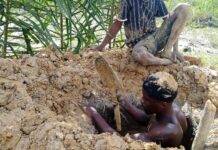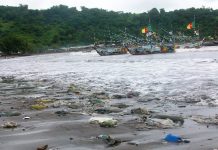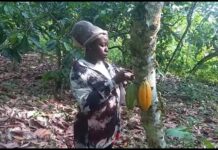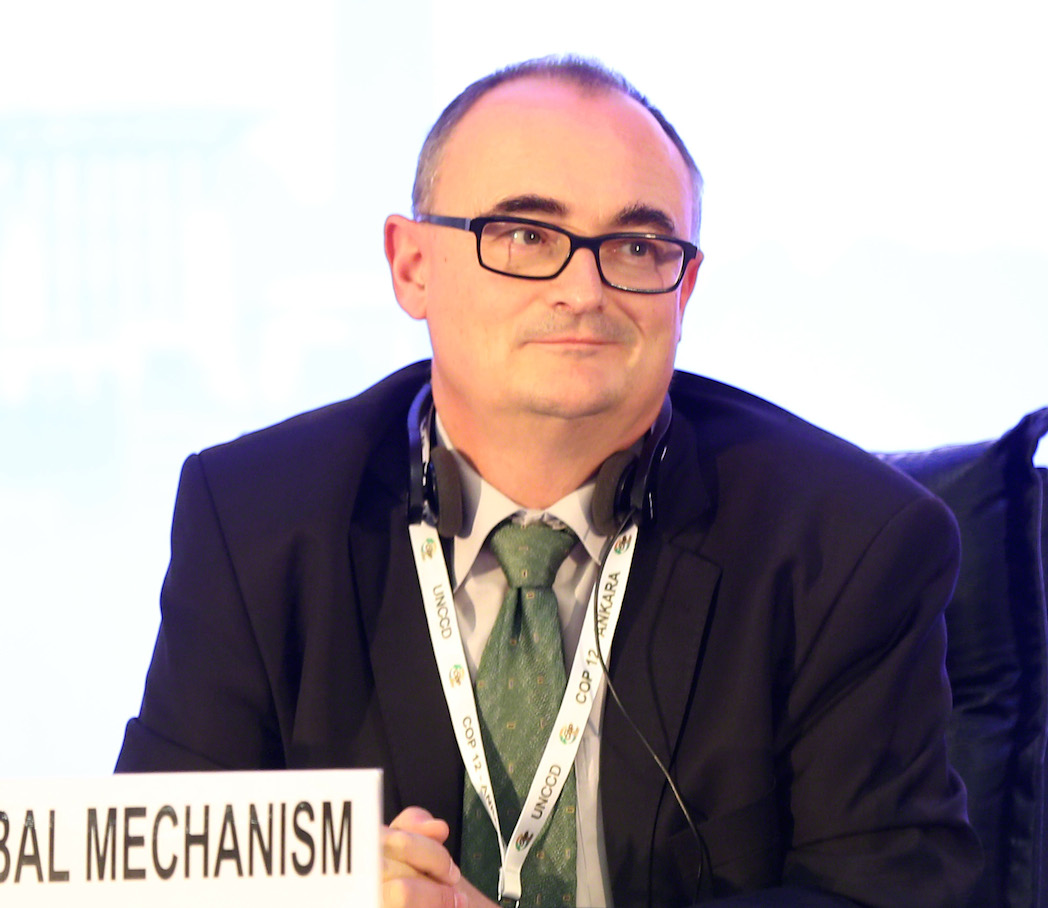
A Public-Private Partnership to rehabilitate up to 12 million hectares annually with revenues for investors.
It is as amazing as alarming how fast the world is running out of its lands’ resources. Every minute the clock ticks, 23 hectares are lost to land degradation! It makes 12 hectares and 20 million tons of grain lost annually. 1,5 billion people are affected globally, along with serious socio-political and complex environmental implications. A few years ago, the UN Convention to combat desertification – UNCCD has developed a target called “Land Degradation Neutrality” (LDN) meant to stop/prevent degradation and meantime restore degraded lands. The concept has successfully gained ground worldwide through “The Future We Want” at Rio+20 in 2012. Since last September, LDN is part of the UN’s Sustainable Development Goals (SDGs). During the COP12 held recently in Ankara (12-23 Oct), Parties to the Convention have committed themselves to achieve Land neutrality by 2030 . Financing restoration activities is one essential means to make it achievable target. A new fund worth US$2 billion annually has been adopted in Ankara to be likely operational by end of 2016.
In this interview with our Climate Reporter, Nadia Ben Sellam in Ankara, Markus Repnik, new Managing Director of the Global Mechanism – the UNCCD financial mechanism, sheds more light on Land Degradation Neutrality Fund – LDNF which is still in the making.
Climate Reporters: What is the contribution of the LDN Fund in the context of sustainable development?
Markus Repnik: The LDN Fund does not currently exist so it is not yet able to make a contribution to reducing the amount of degraded land. However, once up and running, it will aim to support the transition to LDN through land rehabilitation while generating revenues for investors from sustainable production on rehabilitated land.
It aims to do so taking a landscape approach which considers and manages trade-offs among all land use sectors, including sustainable agriculture, sustainable livestock management, agroforestry, sustainable forestry, renewable energy, infrastructure development, eco-tourism, and more. This also includes climate change mitigation and adaptation.
The Fund has been designed to act as a coordination platform for blended finance, established as a Public-Private Partnership (PPP) among private institutional investors, international finance institutions and donors. We envision the mobilization of sufficient funds to make a substantial contribution to the rehabilitation of up to 12 million hectares of degraded land a year. For this, public resources alone will not be sufficient. Attracting increased private sector financing for land restoration will be crucial.
Large scale restoration efforts will be needed alongside smaller scale projects in order to successfully tackle a problem of such scale.
Climate Reporters: Developed countries in the UNCCD COP12 seem to be not enthusiastic about the Fund. How does the LDN Fund intend to address this lack of interest?
Markus Repnik: There is quite a lot of enthusiasm among developed countries for an effective approach to addressing LDN and doing so by mobilizing private capital. What countries are, rightly, interested to know before committing more resources is how precisely the Fund will achieve them.
Following its mandate and COP 11 decisions, over the past 12 months, the Global Mechanism has reached out to the institutional and impact investment community to mobilize private sector interest. In light of investor interest, outreach is now broadened towards international financial institutions, donors, and international NGOs to support the further development of the Fund.
Conversations with key stakeholders have thus far revealed strong support for the Fund’s goals. COP12 recognized the value of the LDN Fund concept and “requested the Managing Director of the GM, in consultation with the Executive Secretary, to develop options to increase incentives and financial support for DLDD activities, including the possible creation of an independent LDN fund”.
Climate Reporters: What will the LDNF do to prevent private investments in degraded land from constituting a threat to the vulnerable populations or to the countries’ sovereignty over their own lands?
Markus Repnik: The LDNF is based on strict sustainability standards and responsible investment criteria. Land ownership, land tenure, and environmental and social safeguards will be carefully assessed for each investment decision.
The Fund’s safeguards and sustainability standards will draw on existing internationally acknowledged standards, including FAO Voluntary Guidelines on the Responsible Governance of Tenure of Land, Fisheries and Forests. Further, the LDNF will not buy or sell land and is designed to protect the rights of vulnerable and indigenous populations, by adhering to the principle of free, prior and informed consent (FPIC) as enshrined in Article 10 of the United Nations Declaration on the Rights of Indigenous Peoples (UNDRIP).
Climate Reporters: Who are the pioneering private investors that have joined the LDNF project up to now?
Markus Repnik:Over the last year, the GM and partners have been in conversation with a wide range of private investors, financial institutions and businesses. This process has generated widespread interest in the LDNF concept. We are still in the early stages of the Fund’s development and therefore investors have not yet made pledges or written commitments. This will be possible once the LDNF is operationalized and launched.
Climate Reporters: Why is LDNF not sharing the good news with small farmers who represent the most concerned with land degradation?
Markus Repnik: The goal is for the LDNF to turn stranded land assets into productive ones, enabling landowners and land users to establish or expand viable and sustainable business models on land that was formerly degraded, under-performing or abandoned.
The Fund will finance land rehabilitation by providing loans to landowners and land users; by chanelling finance to smallholders through financial intermediaries; and by co-investing in rehabilitation projects through other sustainability funds and operators. Further, the Fund aims to have a separate smallholder component and a technical assistance facility that will support project development and capacity building through grants.

Climate Reporters: The Global mechanism has always been blamed for not being of help to financially support Parties most affected by desertification. Obviously, the same confusion might hamper LDNF process as it is about mobilizing resources (loans). The damage suffered of such confusion would not likely be soon compensated. What is planned to avoid this?
Markus Repnik: The first and most important thing we do to avoid confusion is to communicate clearly about the LDNF and its nature as a private sector-managed impact investment fund. The LDNF is a fund still in the making. Private sector interest has been raised, initial partnerships have been formed, the Fund concept is evolving.
Over the coming months, the concept will be further developed and partnerships broadened. Financing partnerships will be sought. To be clear, while the Global Mechanism is spearheading and coordinating the multi-partner work to develop the Fund, it will not play a role in the future structure of the fund. In other words, the GM will not run the LDNF once it is operational.
Climate Reporters: Thank you very much for your time
Markus Repnik: Its a pleasure


